Best Greenhouse Walls Materials For
Title: Best Greenhouse Walls Materials for
Introduction:
A greenhouse is a great way to extend your gardening season and grow plants that would not normally thrive in your climate. But before you can start planting, you need to choose the right materials for your greenhouse walls. The walls of your greenhouse are responsible for letting in light, heat, and moisture, so it's important to choose a material that will do all of these things well.
In this blog post, we'll discuss the different materials that are commonly used for greenhouse walls, and we'll help you choose the best material for your needs.
Main Content:
Here are some of the most common materials used for greenhouse walls:
- Glass: Glass is a traditional material for greenhouse walls, and it's still one of the best choices. Glass allows in a lot of light, and it's relatively durable. However, glass can be expensive, and it can break if it's not properly installed.
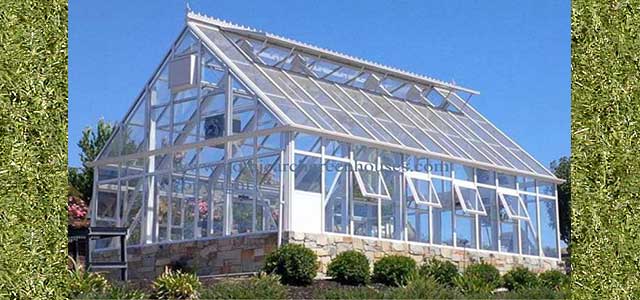
- Polycarbonate: Polycarbonate is a plastic material that's becoming increasingly popular for greenhouse walls. Polycarbonate is more durable than glass, and it's also more lightweight. Polycarbonate also blocks out more UV rays than glass, which can help to protect your plants from sun damage.

- Polyethylene: Polyethylene is another plastic material that's often used for greenhouse walls. Polyethylene is the most affordable option, but it's also the least durable. Polyethylene is also more susceptible to UV damage than glass or polycarbonate.
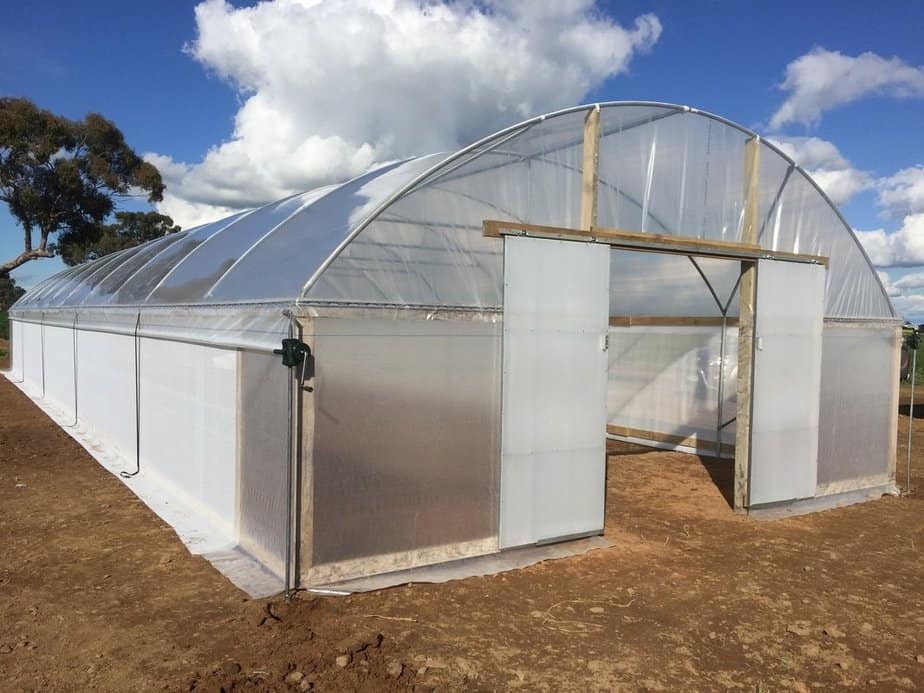
- Fiberglass: Fiberglass is a material that's made from glass fibers that are embedded in a plastic matrix. Fiberglass is strong and durable, and it's also relatively lightweight. However, fiberglass can be more expensive than other materials, and it can also yellow over time.
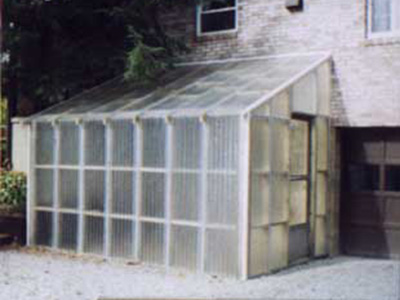
Conclusion:
The best material for your greenhouse walls will depend on your individual needs and budget. If you're looking for a material that allows in a lot of light and is relatively durable, glass is a good choice. If you're looking for a material that's more affordable and lightweight, polycarbonate is a good option. And if you're looking for a material that's very durable and can withstand harsh weather conditions, fiberglass is a good choice.
No matter which material you choose, make sure to install it properly. The walls of your greenhouse are responsible for keeping your plants safe and healthy, so it's important to make sure they're well-made and properly sealed.
Are you looking for the best materials for your greenhouse walls? There are many factors to consider, such as climate, budget, and desired level of insulation. Home Gardening has a comprehensive guide to greenhouse walls materials, covering everything from glass and polycarbonate to fiberglass and polyethylene film.
In their guide, Home Gardening discusses the pros and cons of each material, as well as their suitability for different climates. They also provide tips on how to choose the right materials for your needs and budget.
If you're serious about building a greenhouse, or if you're just starting to do your research, Home Gardening is a great resource for information on greenhouse walls materials.
FAQ of greenhouse walls materials
- What are the most common materials used for greenhouse walls?
The most common materials used for greenhouse walls are glass, polycarbonate, and acrylic. Glass is the most traditional material, but it can be expensive and fragile. Polycarbonate is a more affordable option that is also more durable. Acrylic is a lightweight material that is also resistant to breaking.
- What are the advantages and disadvantages of each material?
Glass
Advantages:
- Excellent light transmission
- Long lifespan
- Can be recycled
Disadvantages:
- Expensive
- Can be fragile
- Requires regular cleaning
Polycarbonate
Advantages:
- Affordable
- Durable
- Lightweight
- Can withstand high winds and hail
- Blocks UV rays
Disadvantages:
- Not as good at transmitting light as glass
- Can yellow over time
- Not as recyclable as glass
Acrylic
Advantages:
- Lightweight
- Impact-resistant
- Can withstand high winds and hail
- Blocks UV rays
- Clearer than glass
Disadvantages:
More expensive than polycarbonate
Not as durable as polycarbonate
Can yellow over time
Not as recyclable as glass or polycarbonate
How do I choose the right material for my greenhouse walls?
The best material for your greenhouse walls will depend on your budget, climate, and the type of plants you plan to grow. If you live in a cold climate, you will need a material that is well-insulated. If you are on a budget, polycarbonate is a good option. If you want the best possible light transmission, glass is the way to go.
- How do I install greenhouse walls?
The installation process will vary depending on the material you choose. Glass walls are typically installed using a frame made of wood or metal. Polycarbonate and acrylic walls can be installed using a frame or by simply screwing them directly to the greenhouse structure.
- How do I maintain greenhouse walls?
The maintenance requirements for greenhouse walls will vary depending on the material. Glass walls need to be cleaned regularly to remove dirt and debris. Polycarbonate and acrylic walls can be cleaned with mild soap and water. All types of greenhouse walls should be inspected regularly for signs of damage.
Image of greenhouse walls materials
- Polycarbonate: Polycarbonate is a lightweight, durable material that is resistant to UV rays and weather damage. It is also relatively inexpensive, making it a popular choice for greenhouse walls.
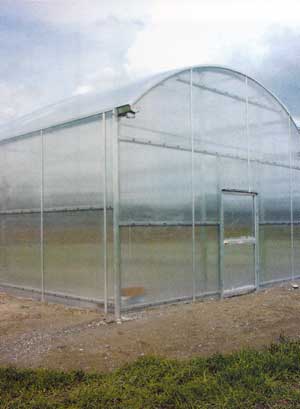
- Twinwall: Twinwall is a type of corrugated plastic that is similar to polycarbonate in terms of its durability and UV resistance. It is also relatively lightweight and inexpensive.
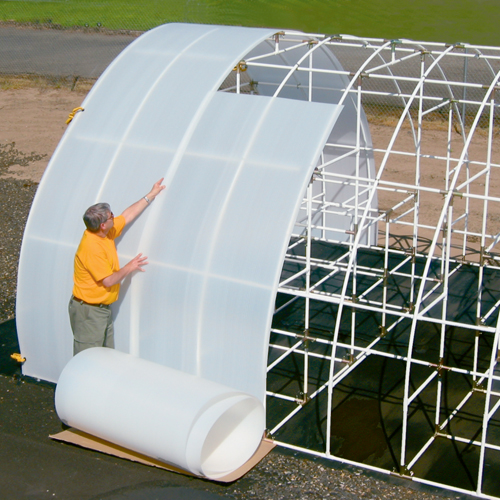
- Vinyl: Vinyl is another lightweight, durable material that is often used for greenhouse walls. It is not as resistant to UV rays as polycarbonate or twinwall, but it is more affordable.
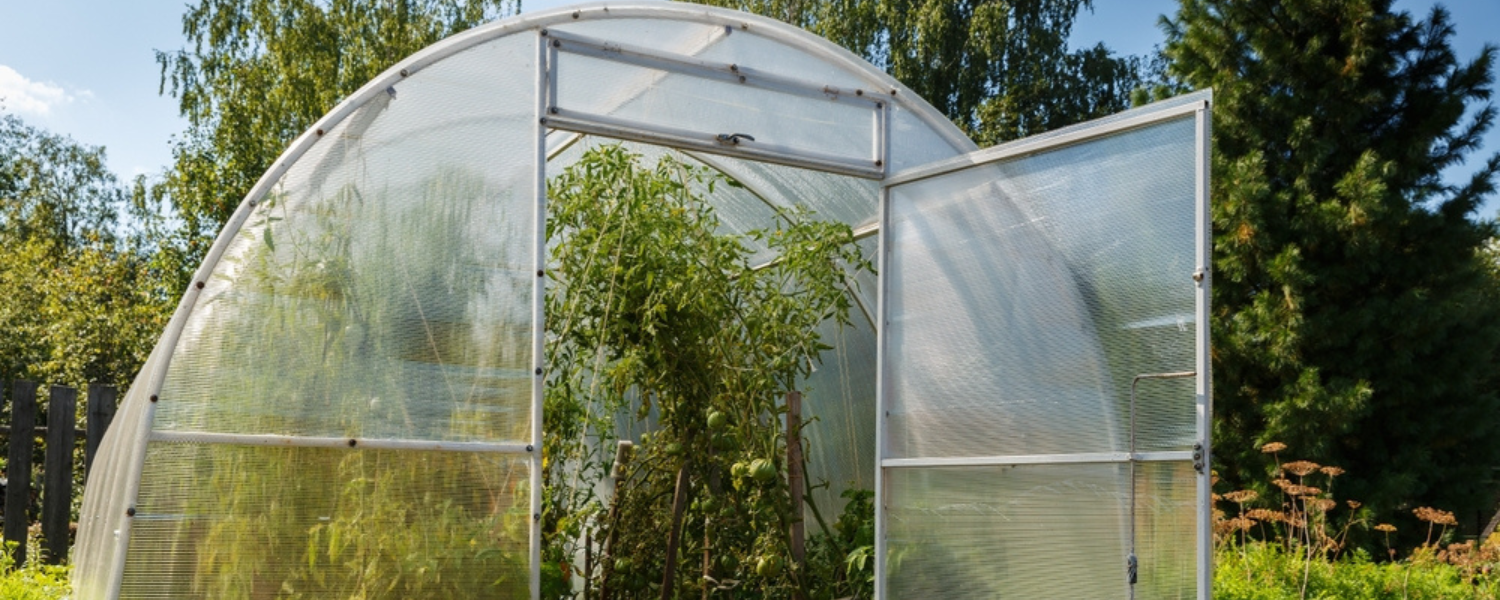
- Mesh: Mesh is a type of fabric that is often used to provide ventilation and insect control in greenhouses. It is not as durable as other materials, but it is very affordable.
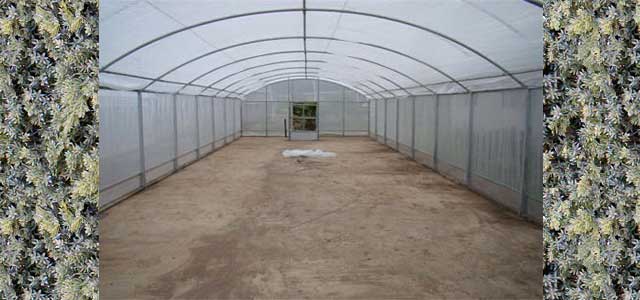
- Shade cloth: Shade cloth is a type of fabric that is used to reduce the amount of sunlight that reaches the plants in a greenhouse. It is available in a variety of densities, so you can choose the right one for your needs.

- Plastic sheeting: Plastic sheeting is a very inexpensive material that can be used to create temporary greenhouse walls. It is not as durable as other materials, but it is a good option if you are on a budget.

- Glass: Glass is a traditional material that is often used for greenhouse walls. It is very durable and provides excellent insulation. However, it is also the most expensive material option.
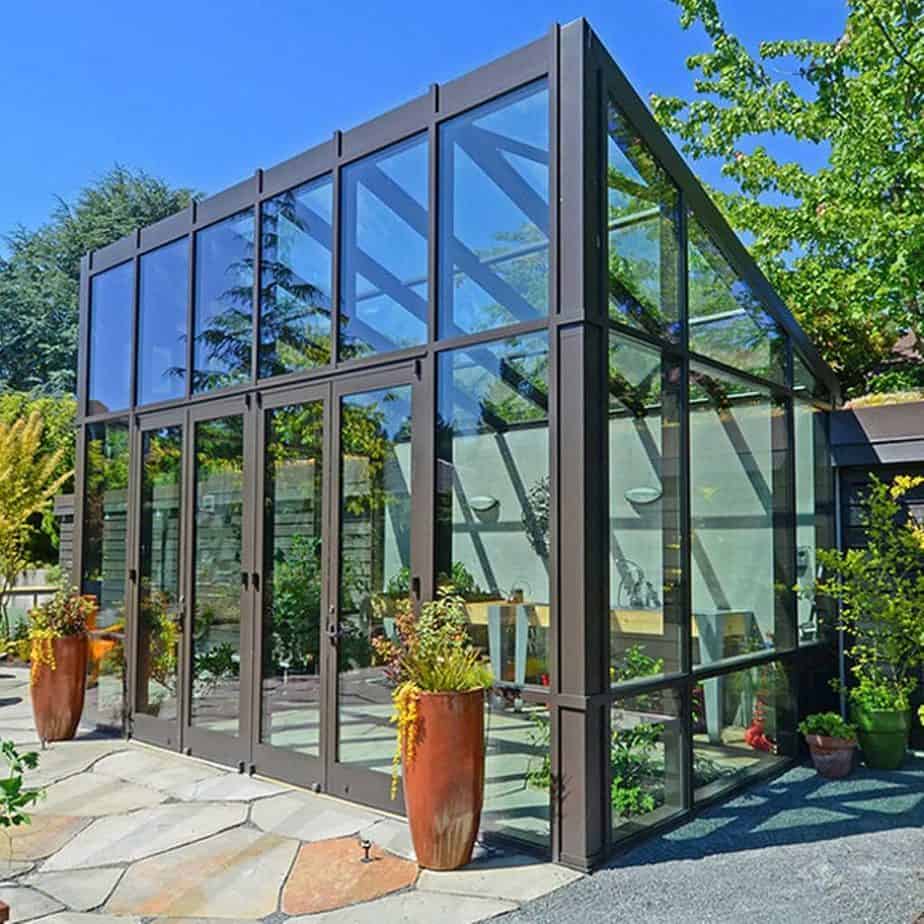
- Masonry: Masonry walls are a very durable and long-lasting option for greenhouse walls. However, they are also the most expensive option and can be difficult to build.

- Wood: Wood is a natural material that can be used to create beautiful and rustic greenhouse walls. It is also relatively affordable and easy to work with. However, wood is not as durable as other materials and requires regular maintenance.
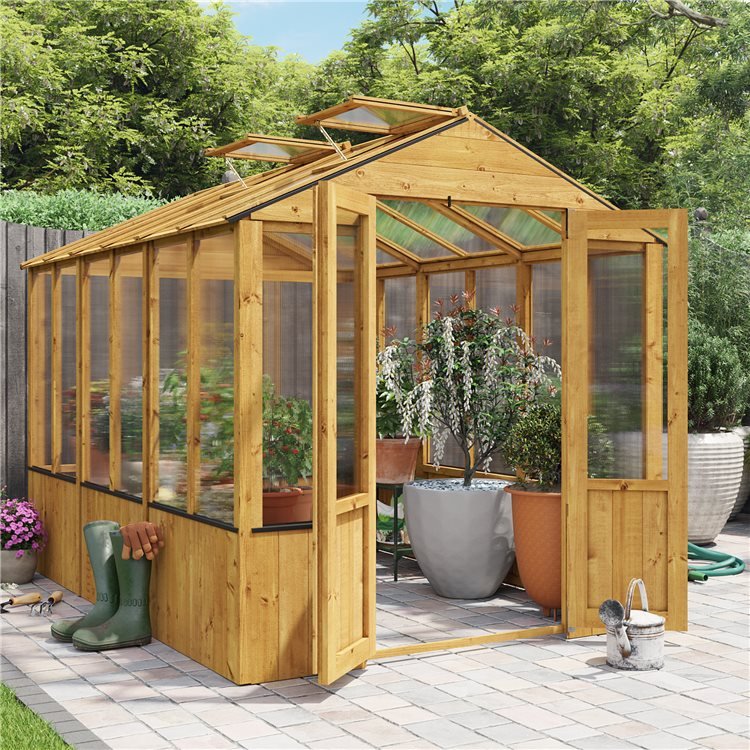
Post a Comment for " Best Greenhouse Walls Materials For"